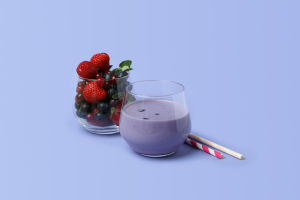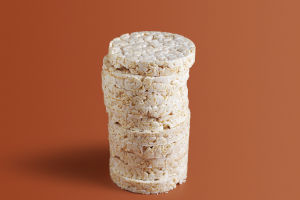Few things in life bring as much joy as chocolate. But have you ever stopped to think about the humble cocoa bean that makes it all possible?
From lush tropical farms to the chocolate treats on your shelf, the journey of a cocoa bean is nothing short of fascinating.
Buckle up, Lykkers, as we take you on a flavorful adventure!
The Origins: From Pods to Beans
Cocoa trees thrive in tropical climates, particularly in regions like West Africa, Central and South America, and Southeast Asia. These trees produce large pods, each filled with 20–50 cocoa beans. The journey begins with farmers harvesting these pods by hand—a labor-intensive but essential step.
After harvesting, the pods are opened to reveal their treasure: moist, white cocoa beans surrounded by a sweet pulp. These beans are left to ferment for several days, a crucial process that develops the beans' rich flavors. Once fermented, they are sun-dried to perfection, ready for the next stage of their transformation.
The Global Trade: Connecting Farmers to the World
Dried cocoa beans are packed and shipped to chocolate manufacturers worldwide. This trade is a lifeline for many small-scale farmers, as over 70% of the world's cocoa supply comes from family-run farms. Yet, challenges like fair wages and sustainable farming practices remain pressing issues in the industry.
Ethical brands and organizations are working to bridge this gap by offering fair trade certifications, ensuring farmers receive a better share of the profits.
The Art of Chocolate Making
Once cocoa beans arrive at their destination, they undergo a magical transformation. First, the beans are roasted, releasing their signature aroma. After roasting, they're cracked and winnowed to separate the nibs (the edible part) from the shells.
These nibs are then ground into cocoa mass, which can be further processed into cocoa powder, cocoa butter, or liquid chocolate. Depending on the desired product—dark chocolate, milk chocolate, or white chocolate—sugar, milk, and other ingredients are added. The mixture is then refined, conched (a process that smoothens texture and enhances flavor), and tempered to achieve the shiny, snappy chocolate treats we all love.
From Bean to Bliss
It takes time, skill, and dedication to turn cocoa beans into chocolate. Each step—from the farmer's careful harvest to the chocolatier's artful craft—contributes to the final product's quality. And let's not forget the sensory delight chocolate brings. Whether it's a simple candy bar, a decadent truffle, or a steaming cup of hot cocoa, every bite or sip tells a story of its exotic origins and the hands that brought it to life.
Fun Cocoa Facts to Sweeten Your Day
- It takes about 400 cocoa beans to make just one pound of chocolate.
- Cocoa trees can live up to 100 years, but they only produce usable pods for about 25 years.
- Dark chocolate is a health booster! Packed with antioxidants, it may improve heart health and even boost your mood.
Why Cocoa Matters
Cocoa beans are more than just the foundation of chocolate; they're a global connector. They bring joy to consumers and livelihoods to farmers. By supporting sustainable chocolate brands, we can enjoy our treats while making a difference.
So, Lykkers, next time you indulge in chocolate, take a moment to appreciate the tiny cocoa bean and its incredible journey. It's a small seed with a huge impact!
How to Make CHOCOLATE from Cocoa Beans - Let's make Chocolate 🍫
Video by cuoredicioccolat


